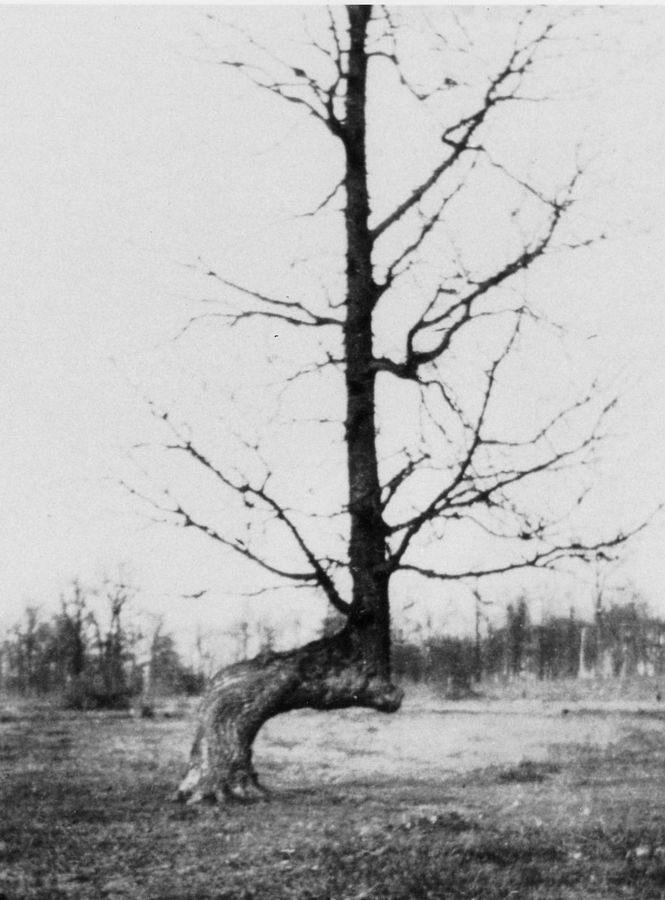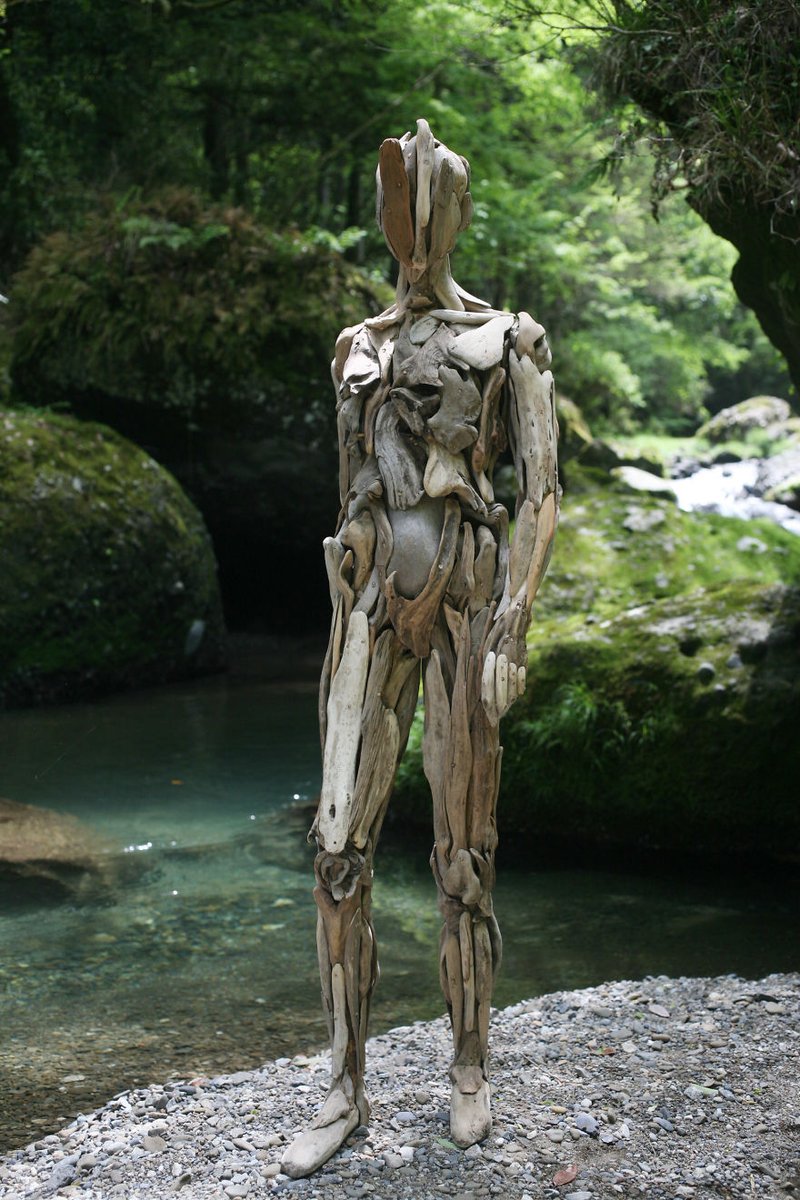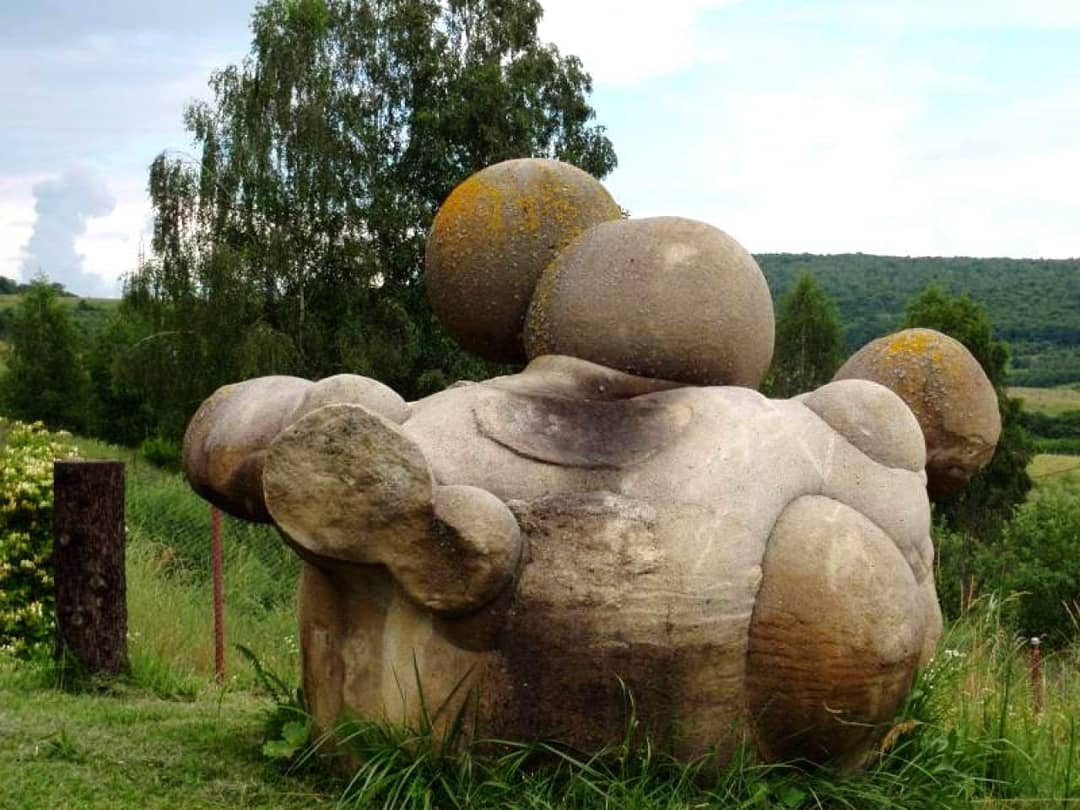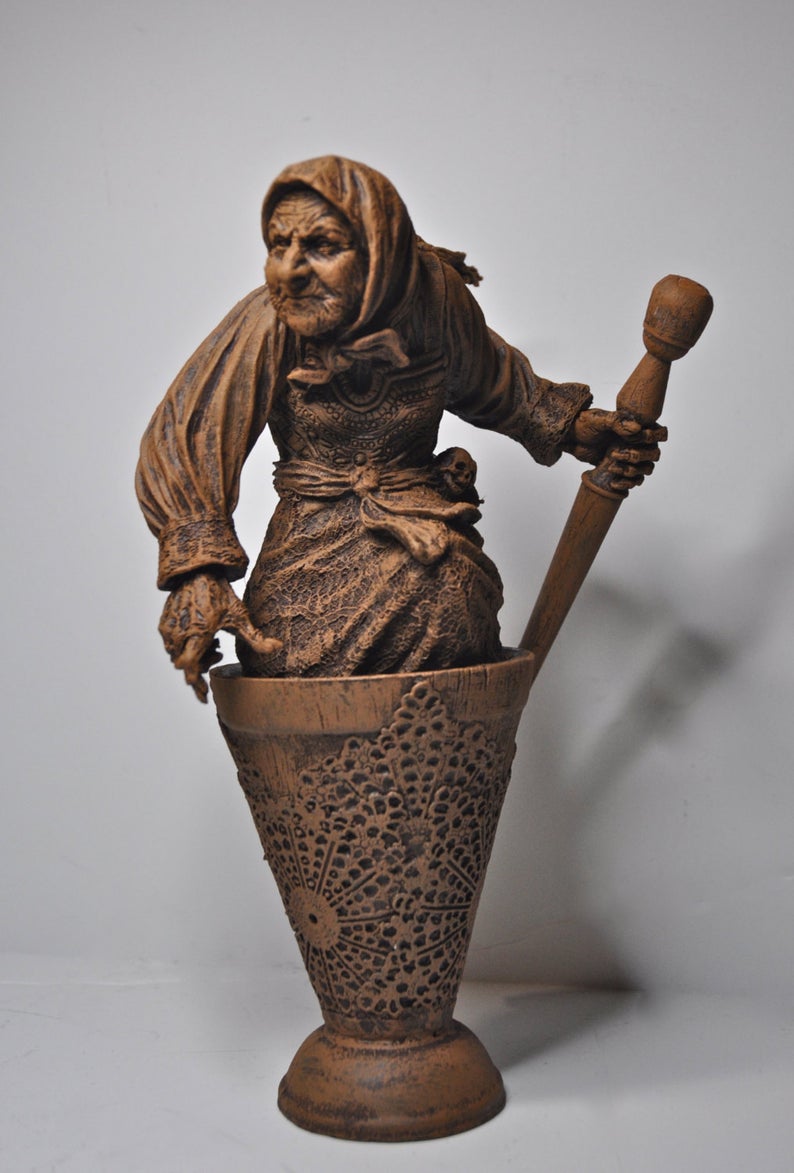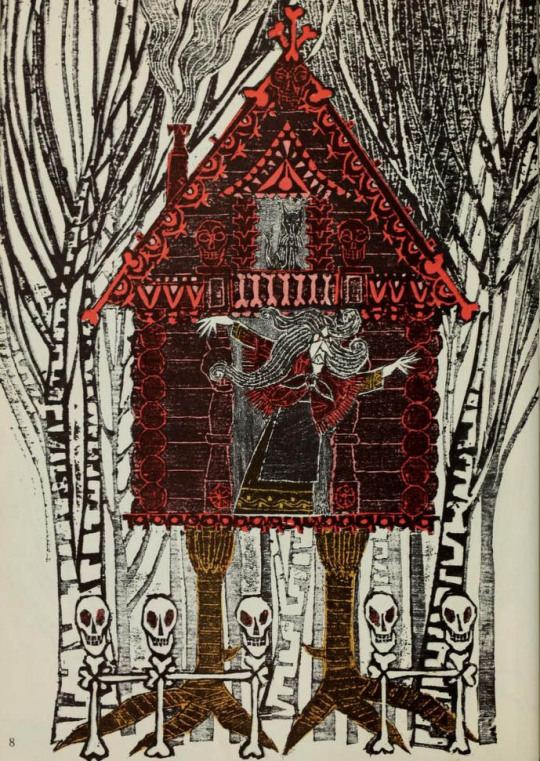
Would you eat this - the Christmas eve-eve traditional Cornish stargazy pie? There are many recipes, usually involving potato, and sometimes sand eels, mackerel, herring or dogfish, but to be a true stargazy pie the intact pilchard heads must be placed looking up at the sky, 

before going in the oven.
The dish is most associated with the village of Mousehole and its annual celebration on 23rd December, known locally as Tom Bawcock’s eve.
The dish is most associated with the village of Mousehole and its annual celebration on 23rd December, known locally as Tom Bawcock’s eve.

Storms are a fact of life for those on Cornwall’s coast but one year in the 16th century the tempest was longer and more brutal than anything before. None of the fishing boats could leave the harbour and the people were starving. 
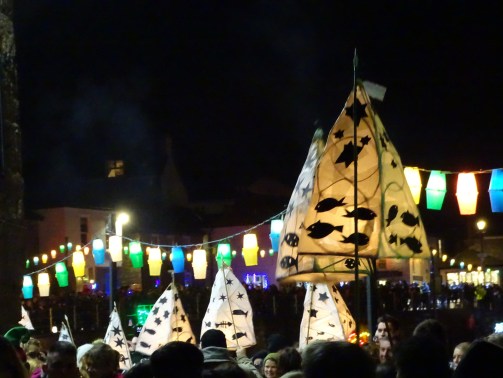
A courageous local man Tom Bawcock braved the storm, bringing back seven types of fish which were baked in an enormous pie to feed the entire town. 

Today the memorial of that night sees the villagers parading a huge pie with a procession of lanterns along the harbour. Cornwall has a rich mythic tradition around slightly odd pies, several of which claim to be the reason that the Devil never came to the county. 

Folklorist Robert Hunt explains that when the Devil discovered the Cornish would put anything in a pie he decided to leave before they took a fancy to demon-and-kidney, retreating to the sanctuary of Devon.
The story of heroism was popularised by Antonia Barber’s children's book The Mousehole Cat, illustrated by Nicola Bayley, which featured Tom and his cat Mowzer saving Christmas. Mowzer’s favourite dinner was, naturally, stargazy pie. 



It’s easy to get caught up in the bonfire of consumerism at Christmas, but long after the rush of a new bauble subsides what people retain are the warmth of good company and eating together in peace and security. A reminder to each of us to retain our heads. 
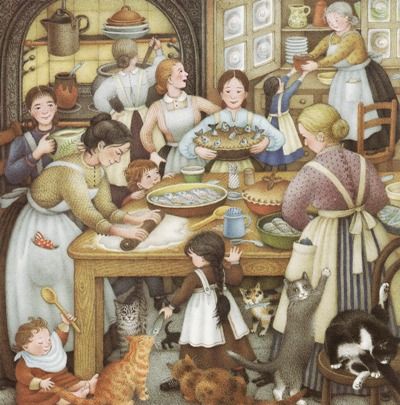
#folkhorror #folkhorrormapgie #stargazypie #mousehole #mouseholecat #cornishfolklore #cornwall #tombawcockseve #christmaseve #christmas2022
• • •
Missing some Tweet in this thread? You can try to
force a refresh








